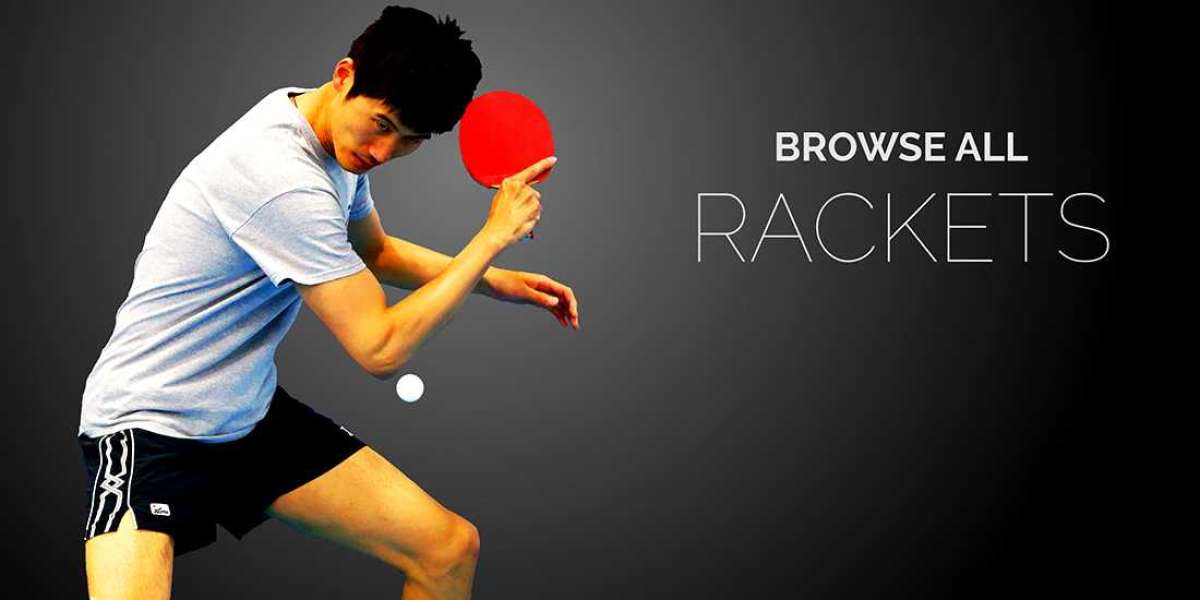Unsurprisingly, almost all ping pong players are more devoted to their table tennis racket than to any other piece of equipment. When playing against difficult opponents, a comfortable and familiar racket may enhance confidence. If you ask any player to recall their first significant racket purchase, they will recall it vividly.
As a result, it's natural to go to considerable measures to ensure that a paddle lasts and maintains its quality. When replacing rubbers, adding or applying a sealer to the blade's surface is becoming increasingly common as a technique to maintain the surface - peeling off the old ones may fracture an exposed surface over time.
If you want to seal an older table tennis blade, sand the wood surface with fine-grit sandpaper after you remove the old rubber. When applied to a clean, level surface, the sealant works best. If your blade is brand new, gently sand the surface to roughen it up.
When the wood is somewhat roughed up, the sealer penetrates and bonds to it more effectively. Before you open the polyurethane can, read the application and usage directions thoroughly. For your safety, the wood must also be completely dry, and the product must be used in a well-ventilated area.
If this is your first time using polyurethane, the experts advise avoiding the racket grip since sealing it may cause it to be slippery. It is critical that the polyurethane be sprayed evenly throughout the whole blade surface, including the edges.
The splintering you're attempting to avoid usually starts at the margins. Sealing them all together will prevent future issues. Return to the fine-grit sandpaper once you've finished and everything has dried. Before applying the adhesive, lightly roughen the blade surface. It, like polyurethane, adheres more strongly to a rougher surface.













